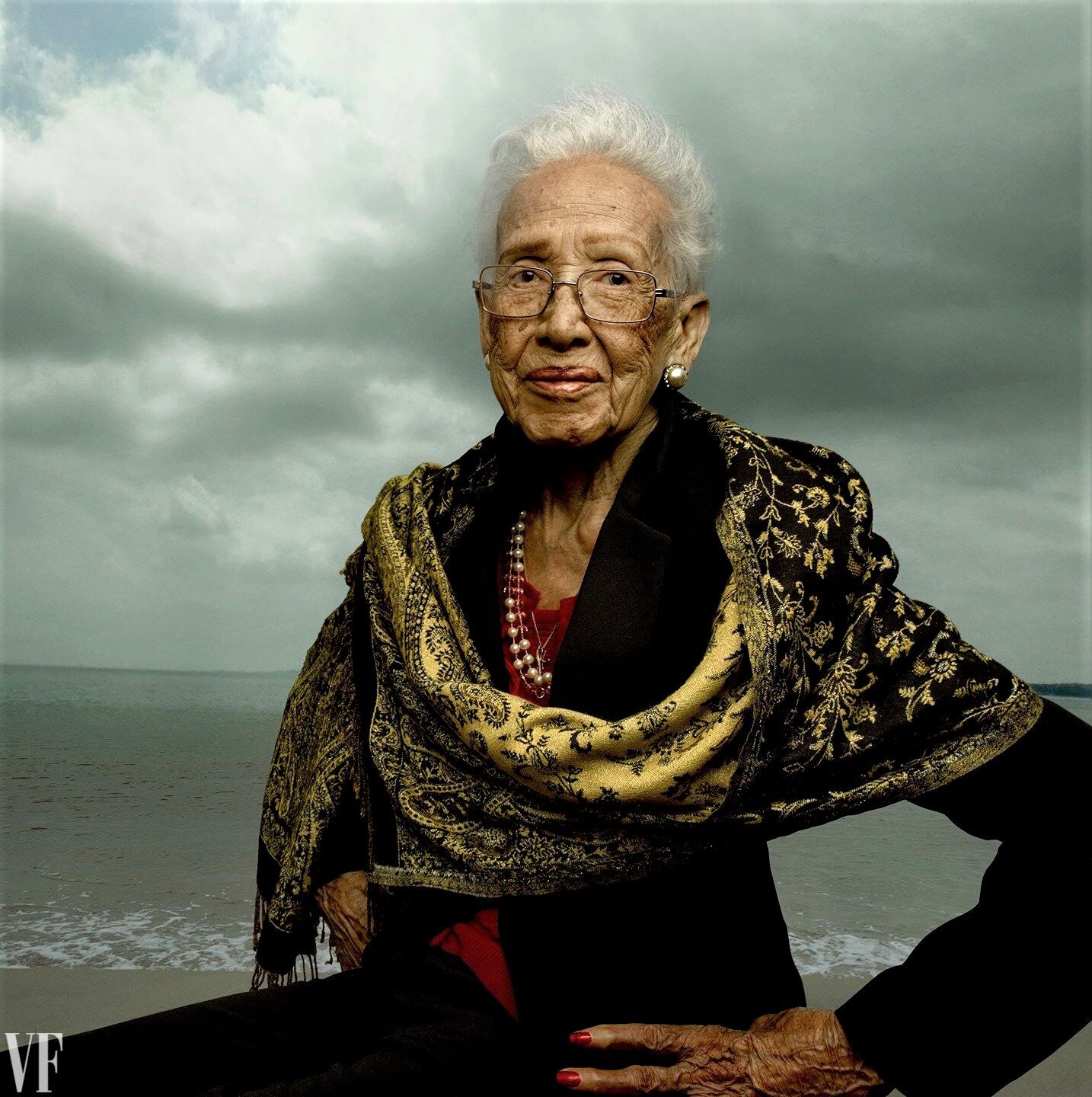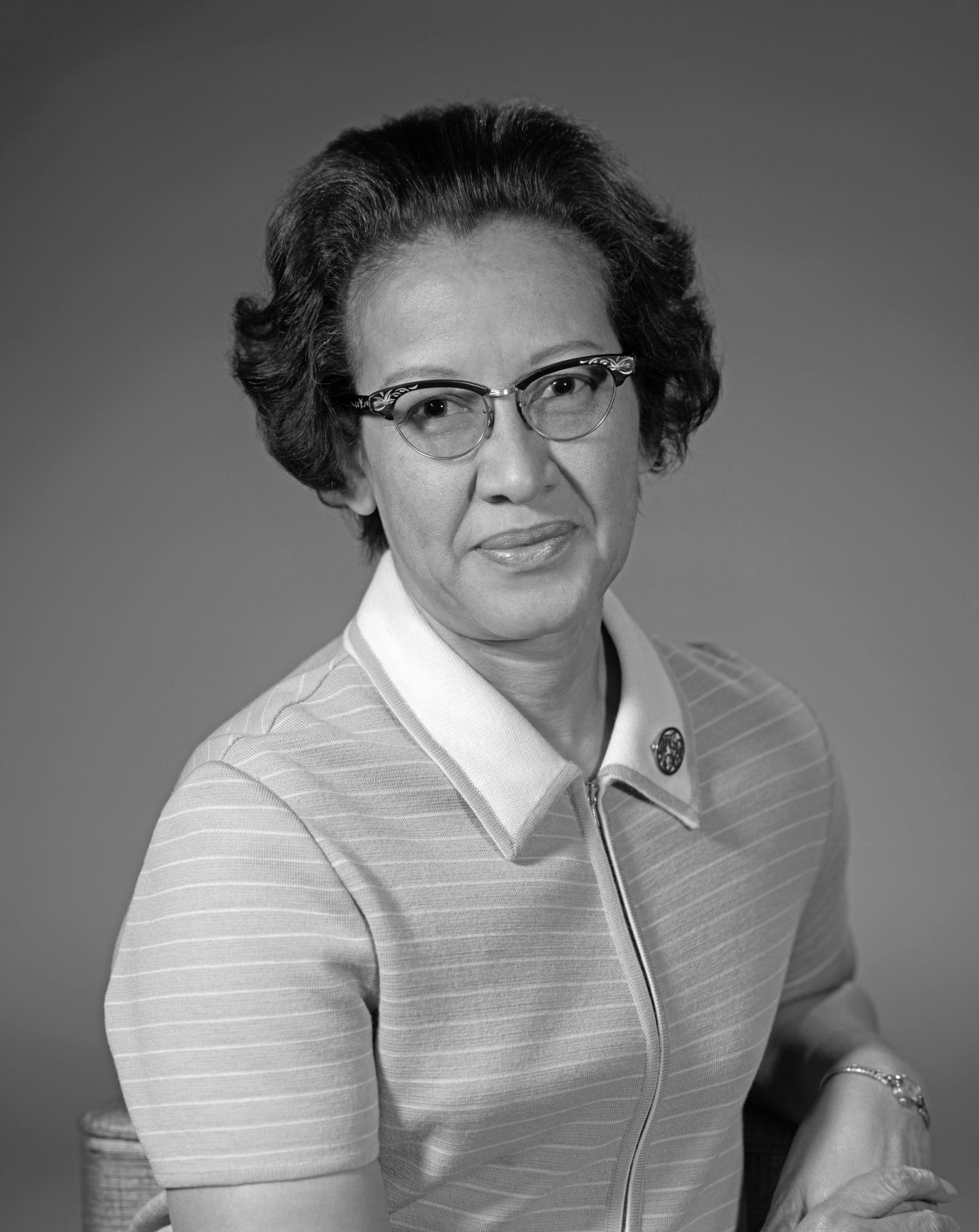

"Early on, when they said they wanted the capsule to come down at a certain place, they were trying to compute when it should start.

Johnson.įor Johnson, calculating space flight came down to the basics of geometry: "The early trajectory was a parabola, and it was easy to predict where it would be at any point," she said. The following year she remarried, to decorated Navy and Army officer James A.
Katherine johnson nasa images how to#
In 1958, after NACA was reformulated into the National Aeronautics and Space Administration (NASA), Johnson was among the people charged with determining how to get a human into space and back. She achieved success despite difficulties at home: In 1956, her husband died of a brain tumor. I asked questions I wanted to know why."Īfter only two weeks, Johnson was transferred from the African American computing pool to Langley's flight research division, where she talked her way into meetings and earned additional responsibilities. “They didn’t ask questions or take the task any further. "The women did what they were told to do,” she recalled. Johnson not only proved adept at her calculations, she displayed a curiosity and assertiveness that caught her superiors by surprise. Johnson applied, and the following year she was accepted for a position at Langley Research Center in Hampton, Virginia. In 1952, Johnson learned that the National Advisory Committee for Aeronautics (NACA) was hiring African American women to serve as "computers " namely, people who performed and checked calculations for technological developments. The 'Computer'īeginning in the late 1930s, Johnson taught math and French at schools in Virginia and West Virginia. However, she found the environment less welcoming than it had been in Institute, and never completed her program there. The following year, Johnson became one of three students to desegregate West Virginia University's graduate school in Morgantown. At age 18, she graduated summa cum laude with degrees in mathematics and French. in mathematics, who was determined to prepare Johnson to become a research mathematician. Schieffelin Claytor, the third African American to earn a Ph.D. One particularly engaged professor was Dr. Johnson enrolled at West Virginia State College (now West Virginia State University) in Institute, West Virginia, where she encountered a hands-on faculty.

Although her town didn’t offer classes for African Americans after that point, her father, Joshua, drove the family 120 miles to Institute, West Virginia, where they lived while she attended high school. A bright child with a gift for numbers, she breezed through her classes and completed the eighth grade by age 10. Johnson was born Katherine Coleman on August 26, 1918, in White Sulphur Springs, West Virginia. She passed away on February 24, 2020, at the age of 101. Johnson was honored with the Presidential Medal of Freedom in 2015 and saw her story brought to light through a book and a feature film the following year. She began working in aeronautics as a "computer" in 1952, and after the formation of NASA, she performed the calculations that sent astronauts into orbit in the early 1960s and to the moon in 1969. Katherine Johnson made the most of limited educational opportunities for African Americans, graduating from college at age 18.


 0 kommentar(er)
0 kommentar(er)
